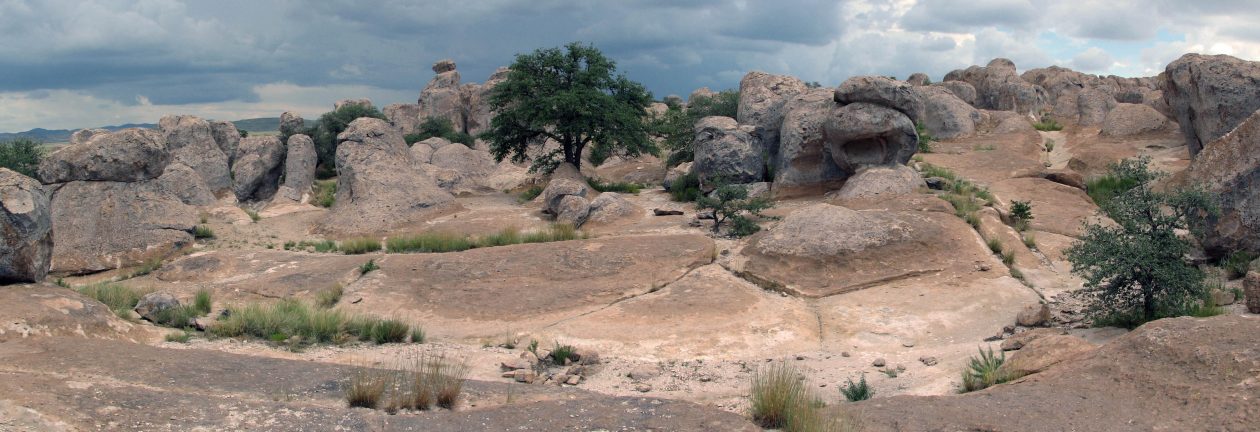Bruges, Belgium
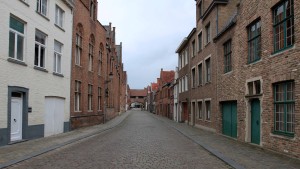
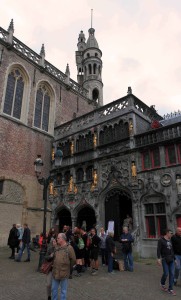
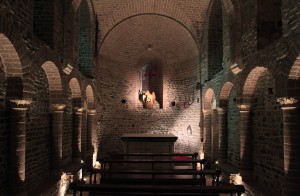
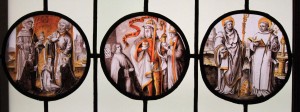
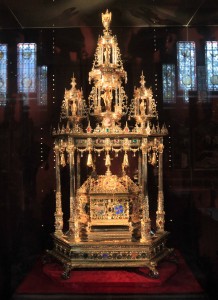
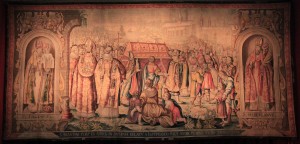
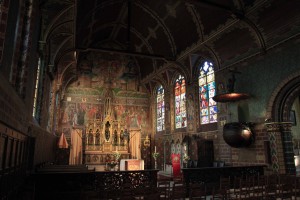
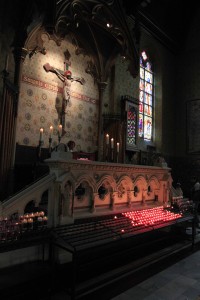
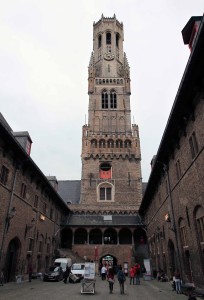
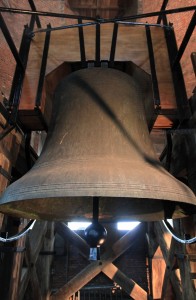
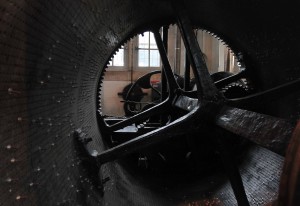
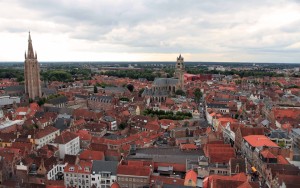
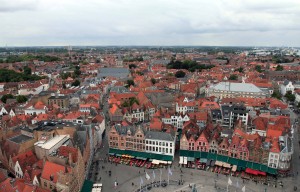
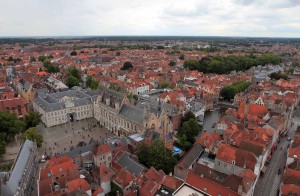
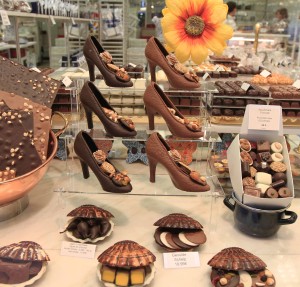
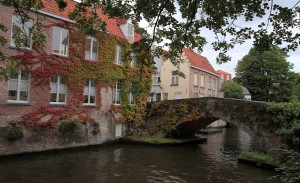
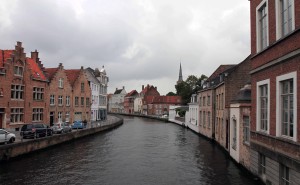
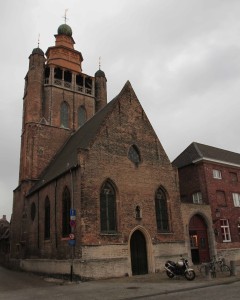
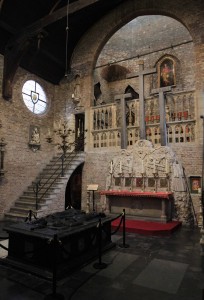
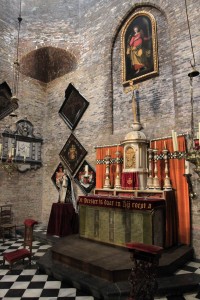
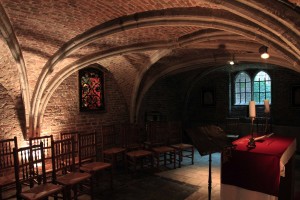
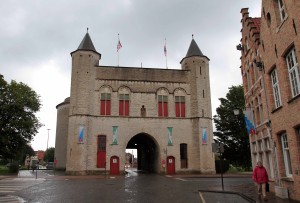
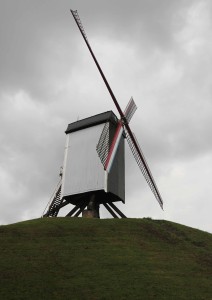
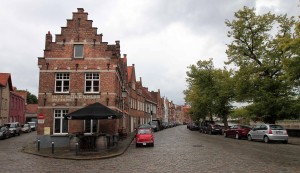
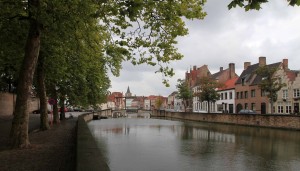
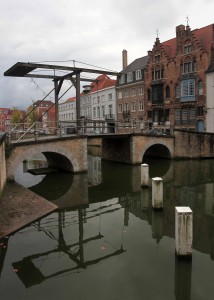
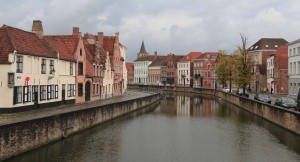
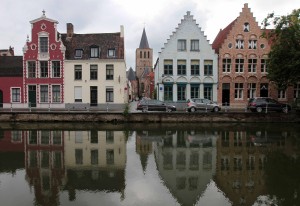
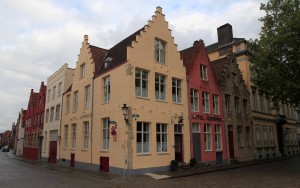
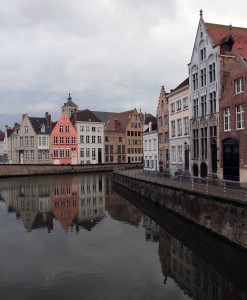
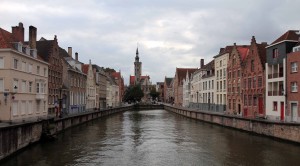
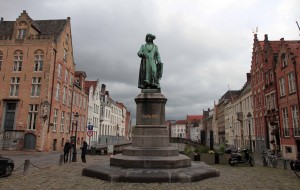
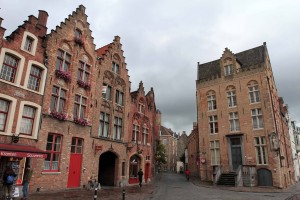
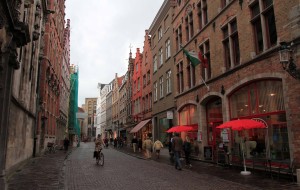
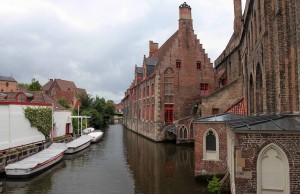
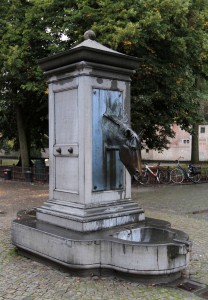
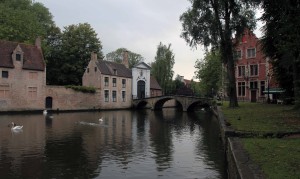
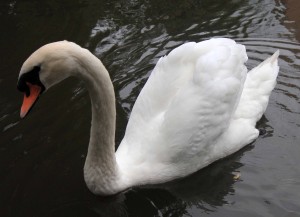
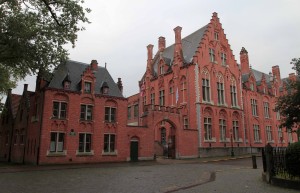
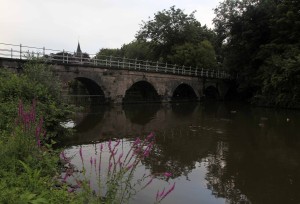
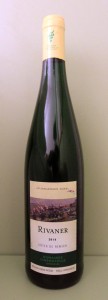
I woke up around 11:00 today, showered, and dressed. I then exited the hotel at 14:00 and walked in to the center of Bruges. When I left the hotel, it was cloudy, but not raining; later on, it would rain on and off and I was glad I had brought my umbrella with me. I first walked to the Basilica of the Holy Blood, which was originally built as a chapel of the residence of the Count of Flanders in the twelfth-century AD; it was promoted to a minor basilica in 1923 AD. I reached the outside of the basilica in the Burg Square and I first visited the lower chapel (the St. Basil Chapel), which was built in the Romanesque style. Next, I walked upstairs and visited the upper chapel, which is the minor basilica. The basilica was rebuilt in the sixteenth-century AD in the Gothic style and later renovated in the Gothic Revival style; it was a very colorful and ornate basilica and I like the interior design very much. On the right-hand side of the basilica is an altar with the venerated relic of the Holy Blood, which was allegedly collected by Joseph of Arimathea and brought from the Holy Land by Thierry of Alsace, Count of Flanders, in the twelfth-century AD. After walking upstairs to the basilica, I first visited the treasury and looked at the medieval books, paintings, and other goods inside. Next, I entered inside the actual basilica and lined up to visit the vial of Holy Blood. I then took many photographs of the interior before walking back downstairs and exiting the building. Then, I walked to the Belfry of Bruges, located at the Market Square. The Belfry is 83 meters high and was built in the thirteenth-century AD with the octagonal upper stage of the belfry was added between 1483 and 1487 AD. I reached the Belfry, bought my entrance ticket, and waited to climb upstairs to the top (only 70 people are allowed in at a time). Once I was able to proceed, I climbed the 366 narrow steps to the top level, where the bells are located and looked out at the city of Bruges. After getting my fill of the view, I descended the steps, checking out the different accessible levels as I proceeded downward (like the room with the large cylinder and machinery used to play automated music on the carillon). Finally, I exited the Belfry and walked outside. I then walked to the Jerusalem Church. On the way to the Jerusalem Church I passed by a number of chocolate shops and admired the different chocolate molds at the display windows (e.g. shoes, bears, breasts, etc.). I then reached the church just as it began to rain and entered inside. The Jerusalem Church was began construction in the fifteenth-century AD upon the return of Anselm Adornes (a wealthy and prominent Bruges merchant family man of Genovese origin) from his pilgrimage to the Holy Land; Anselm Adornes wanted to build a copy of the Church of the Holy Sepulchre and the Jerusalem Church is the result of that effort (it is really only similar to that part of the Church that contains the upper level above Calvary and the Stone of Anointing; otherwise, it is not similar at all to the Church of the Holy Sepulchre). Before actually entering inside the Jerusalem Church, I walked to the museum in the compound and watched part of the informative video about the church; then, after looking around the museum, I entered inside the church and explored the upper and lower levels before exiting back outside. Next, I walked to the eastern gate of the historic city of Bruges and the outer canal. I followed the canal to the north end of the city and passed by four windmills along the way. Then, at the northern end, I walked south, back to the center of Bruges, following a canal to Jan van Eyck Square. Next, I headed back toward the hotel. On my way back, I bought a large brick of Belgian chocolate at one of the many chocolate shops. I then passed by a canal on the southern side of the city with a number of swans floating inside. Before returning to the hotel, I stopped at the Subway, bought a tuna sub, and then stopped at the Carrefour to buy some drinks and chips and salsa. I then returned to my hotel room and ate my dinner. After dinner, I shaved and took a shower. Later on (after midnight) I opened the bottle of Luxembourg white wine I had bought a couple days ago and drank that (it tasted of lemons, melons, and hay). I eventually fell asleep around 04:00 after staying up late watching videos on YouTube.
